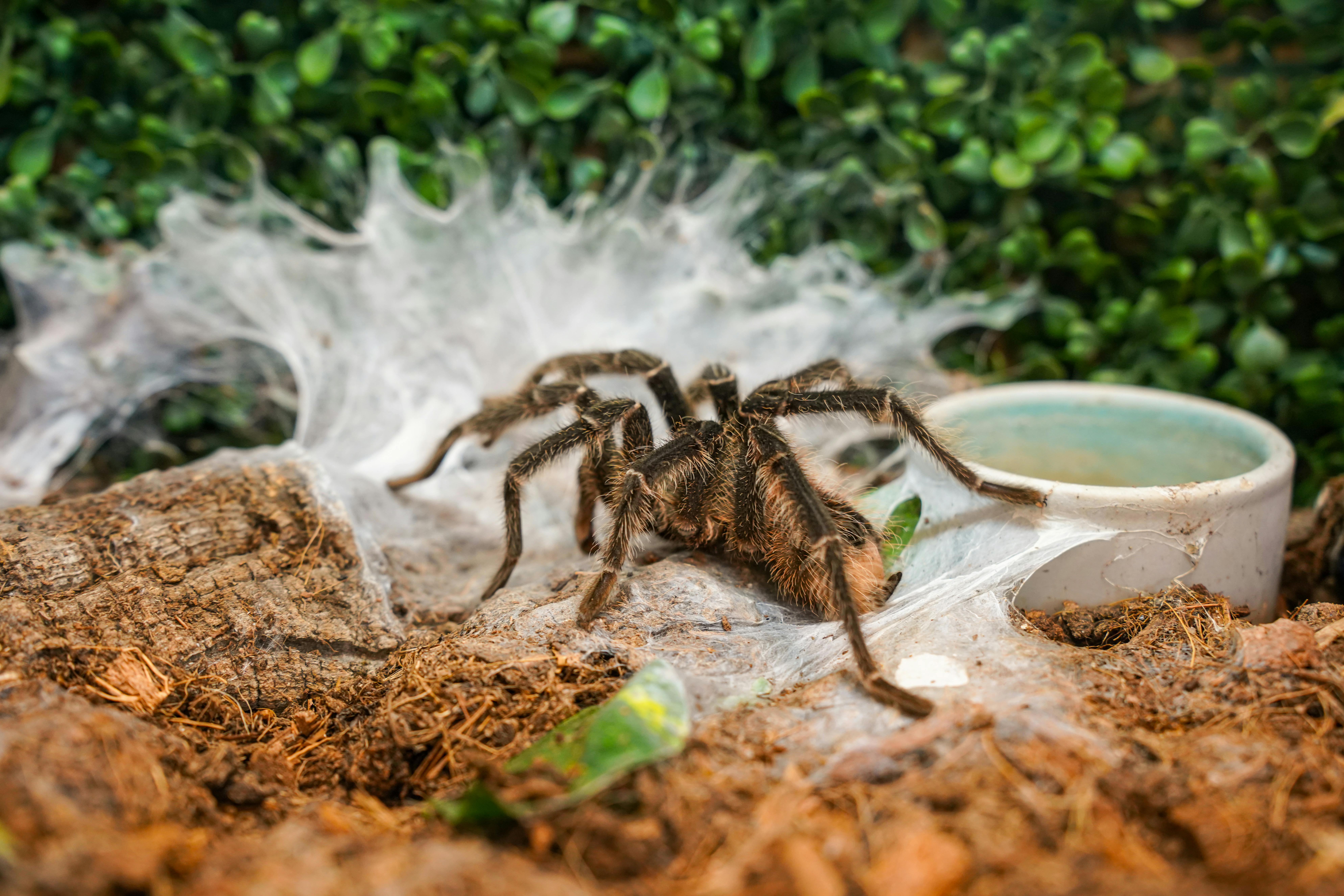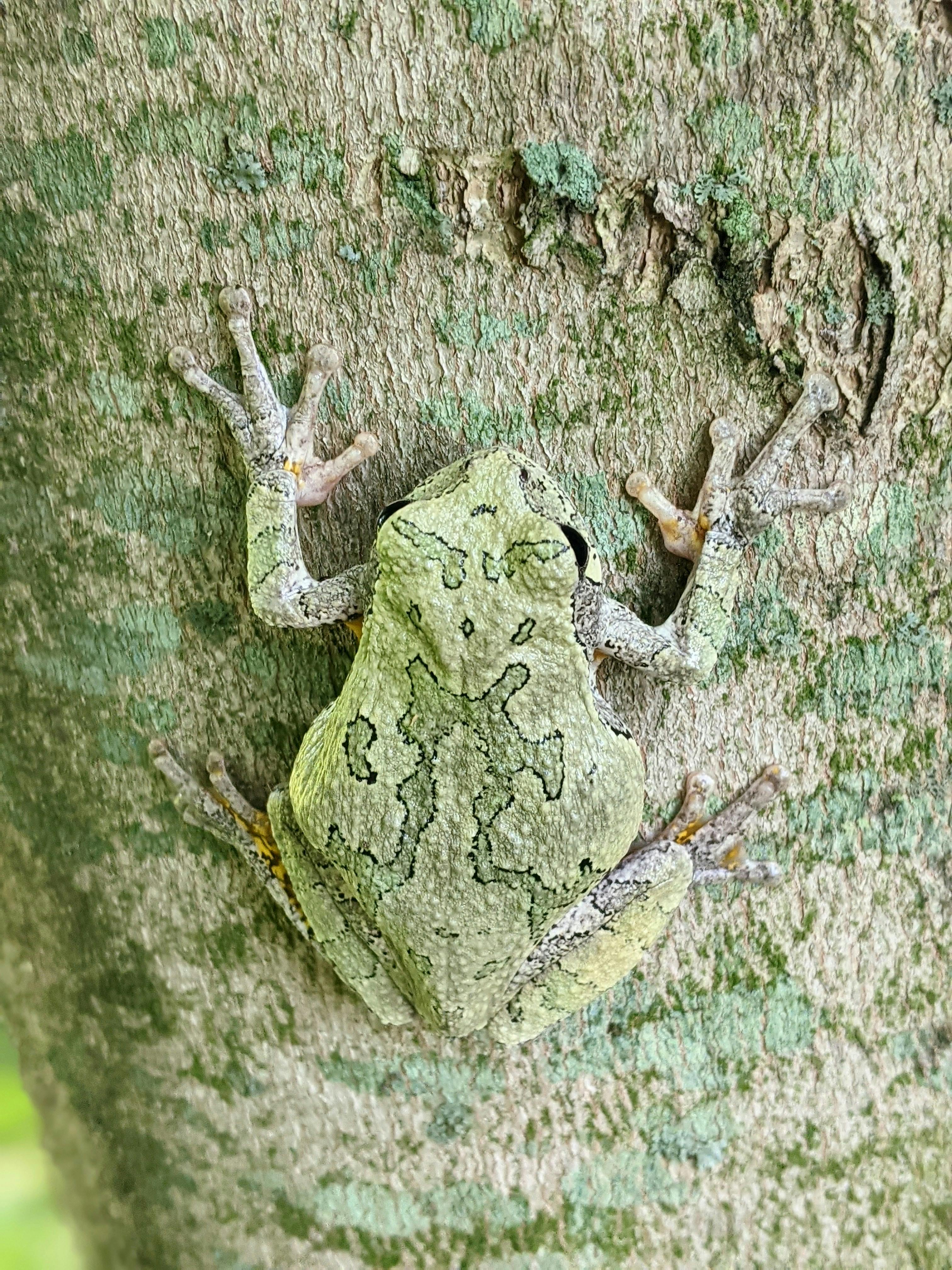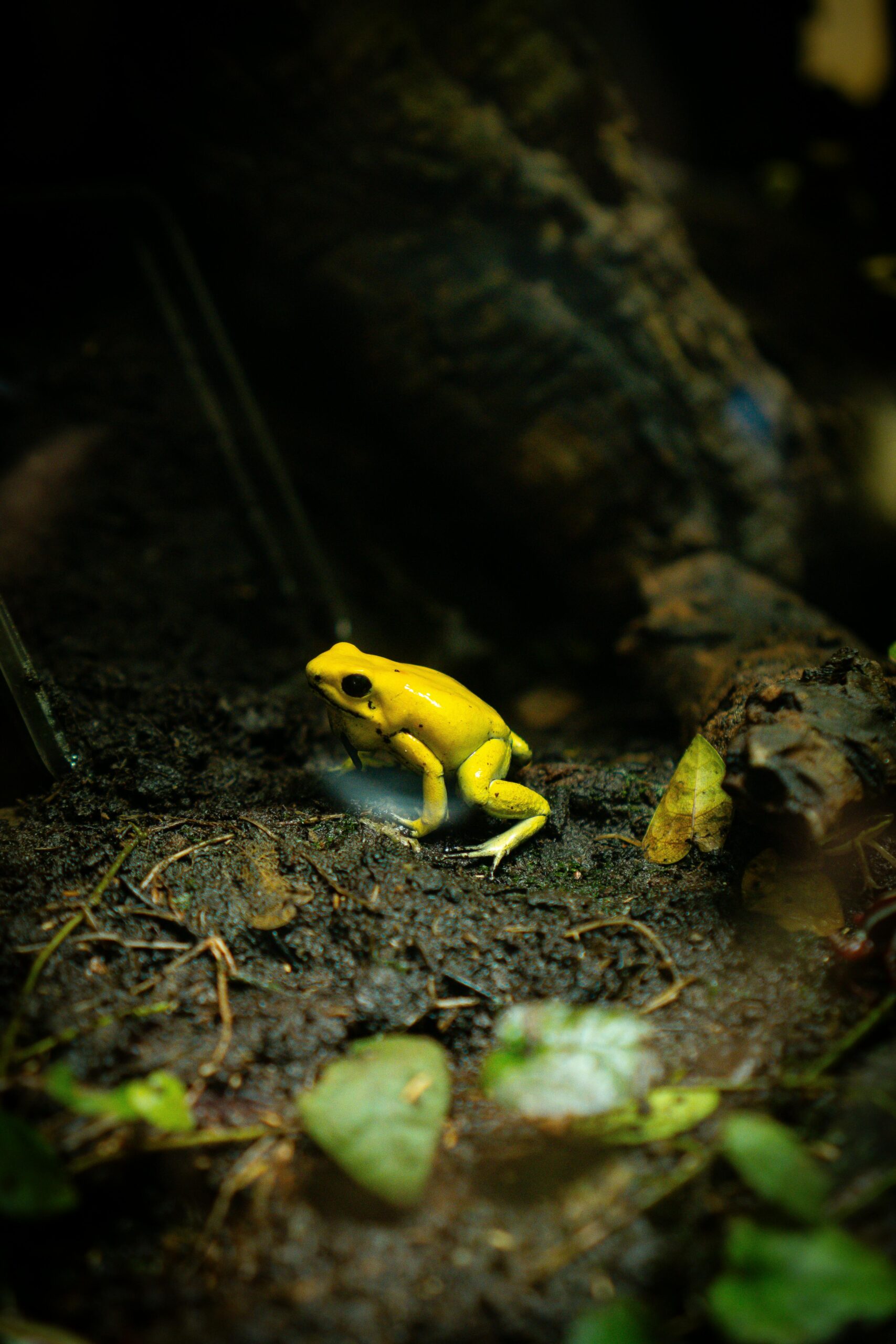Effective Ways to Optimize Poison Dart Frog Diet for Better Health in 2025
Understanding the diet of poison dart frogs is crucial for their health, survival, and the dynamics of their ecosystems. As these vibrant amphibians depend on specific invertebrates found in their native rainforest habitats, optimizing their diet is essential not only for keeping them thriving in captivity but also for conservation efforts in the wild. The right dietary choices can greatly affect the growth, energy levels, and overall well-being of poison dart frogs.
This article will delve into the intricacies of the poison dart frog diet, including their feeding habits, nutrient needs, and the impact of habitat on their food sources. By exploring effective feeding strategies, we can ensure that these fascinating creatures receive optimal nutrition to enhance their health and longevity. Moreover, we will highlight practical advice for those caring for poison dart frogs, supported by research in dietary habits and nutrition.
Expect to learn about the various components of a poison dart frog’s diet, their favorite prey, and how their nutritional requirements may vary with environmental changes. Additionally, we will touch on the critical role that these frogs play in their ecosystems and the broader implications of their dietary preferences on rainforest biodiversity.
So, let’s jump into the vibrant world of poison dart frogs and their dietary optimization strategies!

Essential Insights into Poison Dart Frog Feeding Habits
To effectively cater to the dietary needs of poison dart frogs, it is essential to understand their feeding habits. Poison dart frogs primarily consume small invertebrates and ants, indicative of an insectivorous diet. This primary food source provides the necessary nutrients for their survival and reproductive success.
In the wild, poison dart frogs exhibit various feeding behaviors that allow them to thrive in their tropical rainforest environment. For instance, they often prefer a diet rich in ants, which supply chemical compounds necessary for the frogs’ signature toxicity. This unique relationship with their prey directly impacts their survival and breeding, creating a fascinating interdependence within the ecosystem.
Dietary preferences can change seasonally or with environmental conditions, leading poison dart frogs to adapt their feeding strategies accordingly. During the wet season, when prey is abundant, frogs can afford to be selective with their meals. In contrast, during drier months, they may need to broaden their range of prey to ensure adequate nutrition.
Understanding these patterns is crucial for anyone involved in the care or study of poison dart frogs. By mimicking their natural feeding patterns, caregivers can enhance the health and vitality of these unique amphibians.
Exploring Typical Poison Dart Frog Foods
When considering what poison dart frogs eat, it is vital to incorporate a variety of food types. Their typical diet consists mostly of insects such as termites, small beetles, and other invertebrates. Each species of poison dart frog may have specific dietary variations based on prey availability within their habitat.
Furthermore, introducing diversity into their diet can have substantial benefits. A well-balanced diet can lead to more robust frogs with improved colors, energy levels, and even reproductive success. Enriching their feeding regimen with various insects will help maintain a balanced nutritional profile, crucial for their overall health.
Dart frogs have adapted unique hunting strategies to maximize their foraging success, from ambush tactics to active searching. This adaptability to different prey types may also reflect their ecological niche, emphasizing their role as primary consumers in rainforest food webs.
Nutritional Needs for Optimal Poison Dart Frog Health
The nutritional needs of poison dart frogs largely depend on their unique adaptations to their environments. As small amphibians, they require a diet that fulfills their energy needs for survival. Essential nutrients include proteins, fats, and vitamins, which must be sourced primarily from their prey.
For instance, the ability to digest various types of insects allows poison dart frogs to obtain necessary fats and proteins. This dietary flexibility becomes particularly important in fluctuating environments, where different prey may be in abundance at different times of the year.
By ensuring a careful selection of insect prey, caregivers can not only meet the frogs’ fundamental dietary needs but also enhance their color and resilience against disease, demonstrating the vital connection between diet and overall health.

Impact of Habitat on Poison Dart Frog Diet
The habitat of poison dart frogs significantly influences their dietary options. Rainforests, as complex ecosystems, provide a rich diversity of prey that these frogs rely on. Variations in humidity, temperature, and vegetation will determine the types of invertebrates available for feeding, thereby influencing their dietary patterns and preferences.
It is crucial for conservationists and caregivers to replicate these conditions in captivity to meet the frogs’ dietary needs effectively. Understanding how environmental changes, such as habitat loss or climate fluctuations, can affect prey availability is vital for the conservation of these species.
Dietary Variations Across Poison Dart Frog Species
Diversity among poison dart frog species leads to variations in dietary needs and preferences. Some species may primarily rely on ants, while others could include additional invertebrates in their diet, highlighting their adaptability within different ecological niches. The ecological roles of these frogs as consumers and their interactions with prey species shape not only their nutrition but also the entire rainforest ecosystem.
When raising this species in captivity, the ability to customize their diet based on their species’s natural feeding habits can yield a better health outcome. Knowledge of each species’ particular dietary requirements can aid in creating a suitable feeding program that maximizes health and vitality.
The Role of Invertebrates in Poison Dart Frog Nutrition
Invertebrates, especially ants and small insects, form the core of the poison dart frog diet. Research into these dietary preferences shows that variations in insect populations can significantly affect frog health, indicating the importance of maintaining a healthy ecosystem for these amphibians to thrive. The availability of diverse invertebrate prey directly correlates to the frogs’ energy needs and reproductive success.
The dietary dynamic shared between poison dart frogs and their prey showcases the complex interspecies interactions at play within rainforests. Protecting these frogs also means ensuring their prey remains abundant and diverse, showcasing the importance of ecosystem health.
Research Insights on Poison Dart Frog Dietary Needs
Ongoing research into the dietary habits of poison dart frogs provides valuable insights into their needs and behaviors. Understanding the specific dietary components that contribute to their toxicity can help wildlife conservation efforts in protecting these species in their habitats. Integrating scientific findings with practical care approaches can lead to improved health outcomes for frogs in captivity.
Understanding Poison Dart Frog Metabolism and Energy Requirements
Examining the metabolic rates and energy requirements of poison dart frogs can shed light on their feeding habits. Understanding these energy demands helps caregivers balance diets that not only meet caloric requirements but also the necessary nutrients for optimal health.
Regular assessments of frog health in relation to their dietary habits can help caregivers fine-tune feeding strategies, ensuring that potential deficiencies are addressed. This holistic approach is particularly relevant when considering long-term health and reproductive success.
Protecting Poison Dart Frogs Through Dietary Awareness
By increasing awareness about poison dart frog dietary needs and the critical role of their prey within ecosystems, we can contribute to conservation efforts both in and out of captivity. Educational programs focused on these amphibians and their feeding habits can inspire actions that support their habitats, promoting biodiversity and sustainability in rainforest ecosystems. This can involve restoring natural habitats and preserving invertebrate populations essential to the frogs’ survival.
Q&A on Poison Dart Frog Diet Optimization
What do poison dart frogs primarily eat?
Poison dart frogs mainly consume small invertebrates, particularly ants, termites, and other insects that provide essential nutrients.
How does habitat affect poison dart frogs’ dietary needs?
Habitat plays a crucial role in determining prey availability. The type and abundance of invertebrates available can change based on environmental factors, influencing the frogs’ dietary preferences.
How can captive care improve the health of poison dart frogs?
Providing a balanced diet that mimics their natural feeding habits, alongside maintaining optimal habitat conditions, will enhance their overall health and longevity in captivity.
What is the importance of insect diversity for poison dart frogs?
Insect diversity is vital to meet the nutritional needs of poison dart frogs and supports their roles within the food web, promoting ecosystem health.
Why is research on poison dart frog diets essential for conservation?
Research helps understand dietary needs and how environmental changes impact prey availability, ultimately guiding conservation strategies aimed at protecting both frogs and their ecosystems.
In conclusion, by optimizing the poison dart frog diet through a greater awareness of their feeding habits and the ecological dynamics at play, we can ensure their health and survival into the future.
